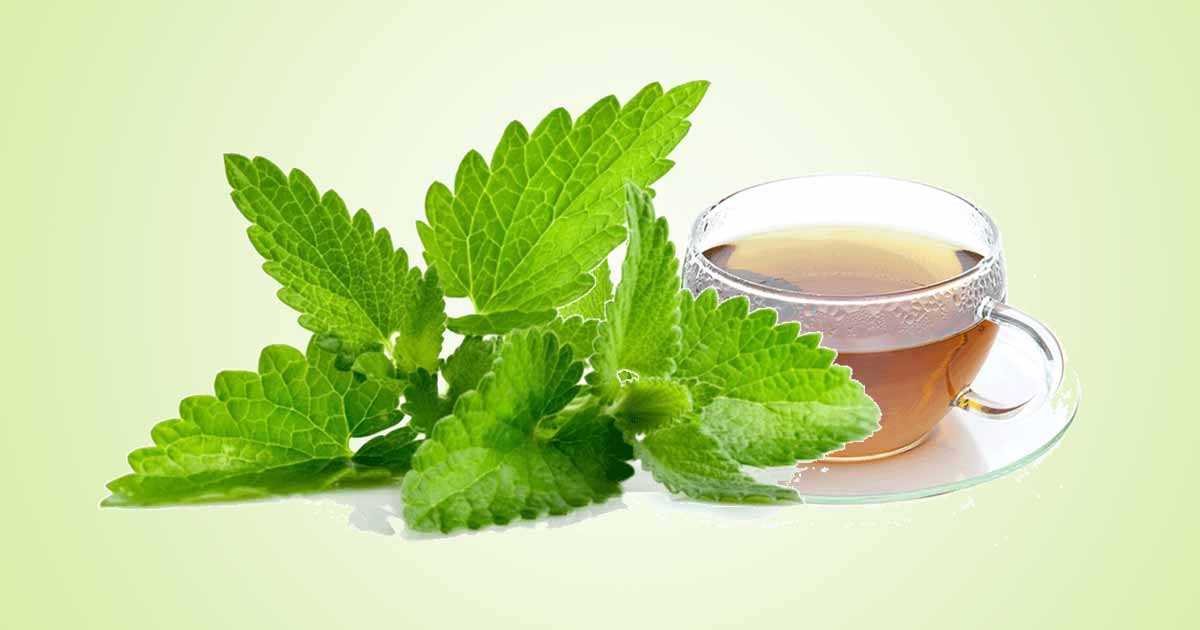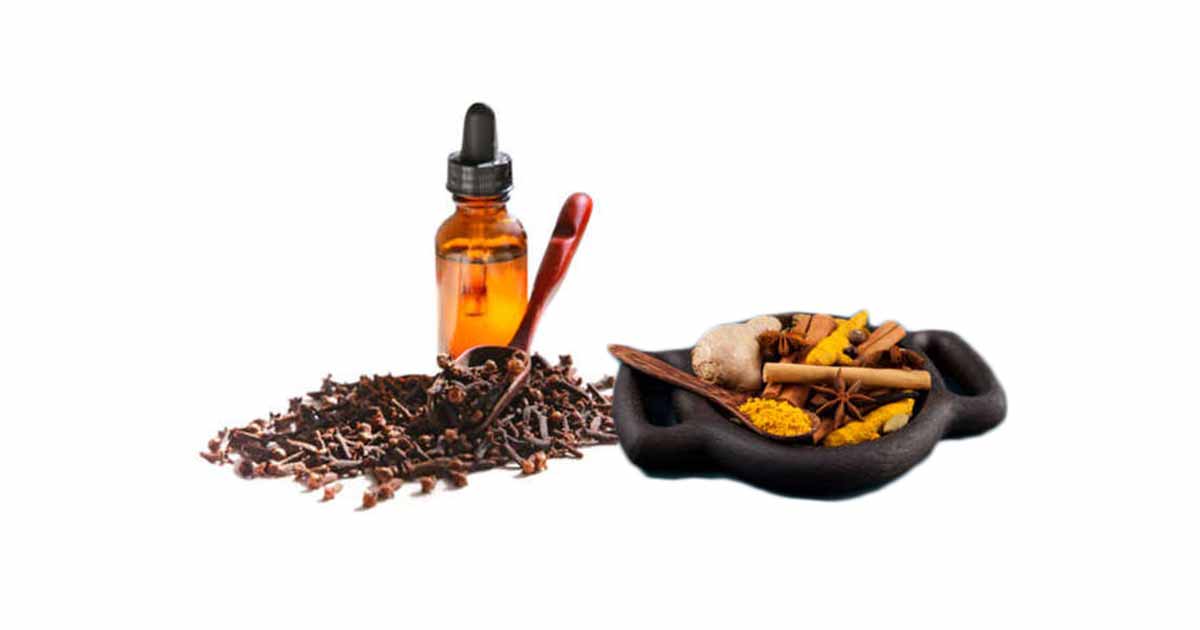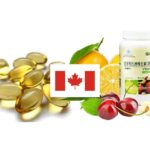Peppermint, also Mentha × piperita L, or Mentha balsamea, is a perennial herbaceous aromatic shrub from the Lamiaceae family, alongside lavender, and rosemary plants. The leaves are mint scented and, together with the stem, are rich in essential oils. Mentha × piperita is a natural cross between watermint (Mentha aquatica) and spearmint (Mentha spicata).
The word peppermint is derived from “Mintha”, a Greek mythological nymph who transformed herself into the plant, and from the Latin piper meaning “pepper.”
Peppermint is believed to originate from the Mediterranean, Western, Central and Southern Europe, Southern Scandinavia and Western Russia, Iberia, Balkans. It grows wild in moist areas of Europe and North America, Australia, Argentina.
Western peppermint is derived from Mentha piperita, while Chinese peppermint, or “Bohe”, is got from Mentha haplocalyx. Both are good sources of menthol and menthone.
Mentha × piperita is a herbaceous rhizomatous plant with smooth stem, and can grow up to 30–90 cm tall. The wide-spreading, fleshy, rhizomes bear fibrous roots. The leaves are dark green with reddish veins. They have acute apex and coarsely toothed margins. The flowers are purple, with a four-lobed corolla.
In traditional medicine, Mentha × piperita has been used to treat spasm, stomach ailments, cholera, diarrhea, gas, hysteria, nervous disorders, raise body heat, induce perspiration, relieve tension headaches.
The essential oils of peppermint are used to flavor tea, soft drinks, ice creams, desserts, alcoholic beverages, chewing gums, toothpastes, tobacco products. The oils contain menthol, which gives peppermint the characteristic sensation of coolness. The fragrance is also used in products such as soaps, detergents, creams, lotions, and perfumes.
Peppermint Tea
The peppermint tea is made from the infusion of peppermint fresh leaves, dried loose leaves, or teabags in hot water. The release of essential oils such as menthol, menthone and limonene, gives the tea, a cooling, refreshing, and minty taste.
Mentha × piperita can be combined with liquorice, ginger root, lavender, or black tea or green tea, when caffeine is needed.
The tea is used to manage indigestion, cold and cough, stress, insomnia, irritable bowel syndrome (IBS), bad breath, and weight control.
Constituent of Peppermint
The extract from the leaves contains alkaloids, flavonoids, saponins, tannins, phenols, steroids, terpenoids, carbohydrate, proteins, ethanol, methanol, ethyl acetate.
The flavonoids include narirutin, luteolin, hesperidin, eriocitrin, kaempferol, rutin, quercetin, myricetin, and their glycosides, while phenolic acids like caffeic, vanillic, ferulic, rosmarinic, and chlorogenic acids are obtained.
Two lignans namely medioresinol, and medioresinol sulphate and one stilbene such as trans-resveratrol are also obtained.
Peppermint Essential Oil
The essential oil of Mentha × piperita is a pale yellow liquid. It contains limonene, menthone, menthol, camphene, myrcene, linalool, α-terpineol, menthyl acetate, trans-carveol, iso-menthol, α-pinene, cineole, menthofuran, pulegone, isopulegol, β-elemene, piperitone, β-caryophyllene, and carvone.
Menthol is the major monoterpenes, followed by menthone, menthyl acetate, 1,8-cineole, menthofuran, isomenthone, neomenthol, and limonene, while β-caryophyllene is the main sesquiterpene.
Nutritional Composition
A 100 g of fresh peppermint contains 78.6 g of water, 3.75 g of proteins, 0.94 g of fats, 1.76 g of ash, 14.9 g of carbohydrates, 8 g of dietary fiber, and 70 kcal of energy. (Source: USDA)
Minerals: Peppermint has abundant potassium (569 mg), calcium (243 mg), magnesium (80 mg), phosphorus (73 mg), and sodium (31 mg). There is quantity of iron, zinc, copper, and manganese.
Vitamins: Vitamin C (31.8 mg), folates (114 µg), vitamin A (212 µg), plus other vitamins like thiamine, riboflavin, niacin, vitamin B-6, and pantothenic acid
Health Benefits of Peppermint
Mentha × piperita has antimicrobial, antioxidant, antispasmodic, carminative, anti-inflammatory, anticancer, anthelmintic, antiseptic, and acetylcholinesterase inhibitory activities.
Gastrointestinal effect: Mentha × piperita has antispasmodic and antidiarrheal effects. It could be of benefit in dyspepsia, irritable bowel syndrome (IBS), and reduce colonic spasms during barium enema, and colonoscopy.
In irritable bowel syndrome (IBS), the antispasmodic property of the essential oils are used. It is available as enteric-coated capsule. This capsule is also used to treat abdominal pain in children.
Antioxidant property: Mentha × piperita contains essential oils, flavonoids and phenolic compounds which have antioxidant and free radical scavenging capacity. These antioxidants prevent diseases such as cancer, cardiovascular diseases.
Anti-inflammatory effect: The essential oils of peppermint reduced inflammation in carrageenan-induced hind paw oedema model, and croton oil-induced ear oedema, when compared to the standard drug, indomethacin.
It also suppressed the production of TNF-α, IL-6, NO and PGE2. Peppermint oil is used to relieve headache, muscle aches, hot flashes, muscle pain, joint pain, and itching.
Analgesic activity: The extract and essential oils of peppermint shows anti-nociceptive activity in mice by significantly lower writhing in acetic acid-induced writhing. The extract increased the latency of response to thermal stimulation in hot plate test.
Anti-diabetic effect: Essential oil of peppermint leaves reduced blood glucose level in normal and nicotinamide-STZ induced diabetic rats. It also increased insulin levels, pancreatic βcell structure.
There is also decrease in cholesterol, LDL-c, and triglycerides and significant increase in HDL-c levels, and antioxidant enzymes.
Antibacterial activity: According to studies, peppermint essential oils from the leaves, roots, aerial parts, stem can inhibit a wide range of bacteria such as Klebsiella Spp, Salmonella enteritides, Micrococcus flavus, S. aureus, Escherichia coli, Staphylococcus epidermidis, Streptococcus pyogenes, Pseudomonas aeruginosa, Bacillus subtilis, and Bacillus cereus.
Antifungal activity: Peppermint leaves and oils inhibit the growth of fungi such as Fusarium moniliforme, Aspergillus flavus, Aspergillus niger, Sacchromyces cerevisiae, Candida albicans and Aspergillus fumigatus.
Antiviral property: The essential oils of Mentha × piperita inhibited HSV-1 strains, HSV-2, newcastle disease virus, influenza A, and vaccinia virus.
Hepatoprotective activity: The essential oils of peppermint leaves prevented against carbon tetrachloride (CCl4) induced hepatotoxicity by significantly increasing antioxidant enzymes and decreasing alanine transaminase, aspartate transaminase, alkaline phosphotase, urea, creatinine, uric acid, bilirubin and malondialdehyde.
Neuroprotective effect: M.×piperita showed potential in vitro AChE inhibitory, calcium regulatory, GABA A receptor and nicotinic receptor binding properties (Kennedy et al., 2018). Hence, it can boost memory and cognition.
It could be beneficial in managing Alzheimer’s symptoms
Relieves indigestion: Though using peppermint oil alone may worsen indigestion, using them with caraway oil, or other combinations may relieve the symptoms of indigestion.
Cough and Cold relief: The essential oils have high menthol content, which gives a sensation of coolness and improves breathing. It is helpful in colds, flu, cough, nasal congestion.
Benefit to skin: The topical preparation is used to reduce pain and cracked skin in the nipple of breastfeeding mothers. However, it should be wiped clean before breastfeeding as it may cause side effects in the infants.
Dental and oral care: The mint from the Mentha × piperita plant is used in products that eliminate mouth odor, dental plaque, and bad breath. This is why it is used in toothpastes, mouthwashes, chewing gums.
Larvicidal effect: The essential oils of Mentha × piperita inhibited the third instar larva of Anopheles annularis, An. Culicifacies and Cluex quinquefasciatus – Ansari et al. (2000).
It also inhibited the larva of An. stephensi, Musca domestica, Ae. aegypti, Attagenus fasciatus, and Lasioderma serricorne.
Dosage
50 mg – 90 mg, or 1 to 2 tablets of peppermint per day.
Drug Interactions
Enteric coated peppermint reacts with antacids. This is because antacids decrease stomach acid, which causes the Mentha × piperita essential oil to dissolve too quickly, causing heartburn and nausea.
Side Effects
Peppermint oil is safe when taken orally or applied topically in doses commonly used. However, some side effects such as heartburn, nausea, abdominal pain, and dry mouth or rarely, allergic reactions. The oil can also cause skin rashes and irritation. Do not apply to the face of infant or young children, as the menthol in the oil can cause serious side effects such as difficulty in breathing.
Also, tablets with peppermint oil are enteric-coated to avoid heartburn
References
- https://wikifarmer.com/peppermint-plant-information/
- https://www.herbalgram.org/resources/herbalgram/issues/72/table-of-contents/article3059/
- https://www.nccih.nih.gov/health/peppermint-oil
- https://www.chemistdirect.co.uk/bioconcepts-interactions-and-dosage-with-peppermint
- https://www.researchgate.net/publication/339950953_Ethnomedicinal_phytochemical_and_pharmacological_updates_on_Peppermint_Mentha_piperita_L-A_review
- https://www.phytomorphology.com/articles/phytoconstituents-and-medicinal-value-of-mentha-piperita.pdf









